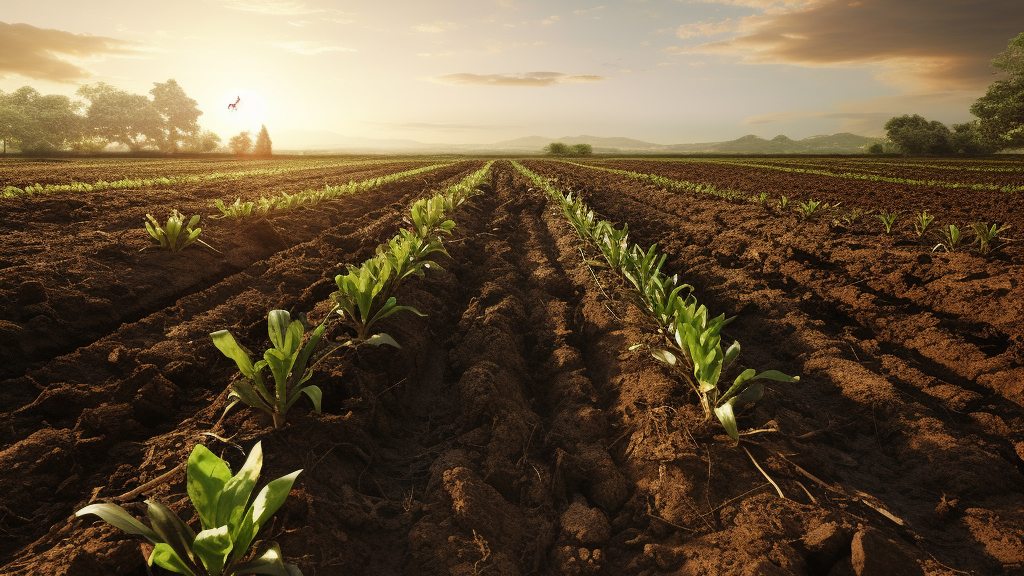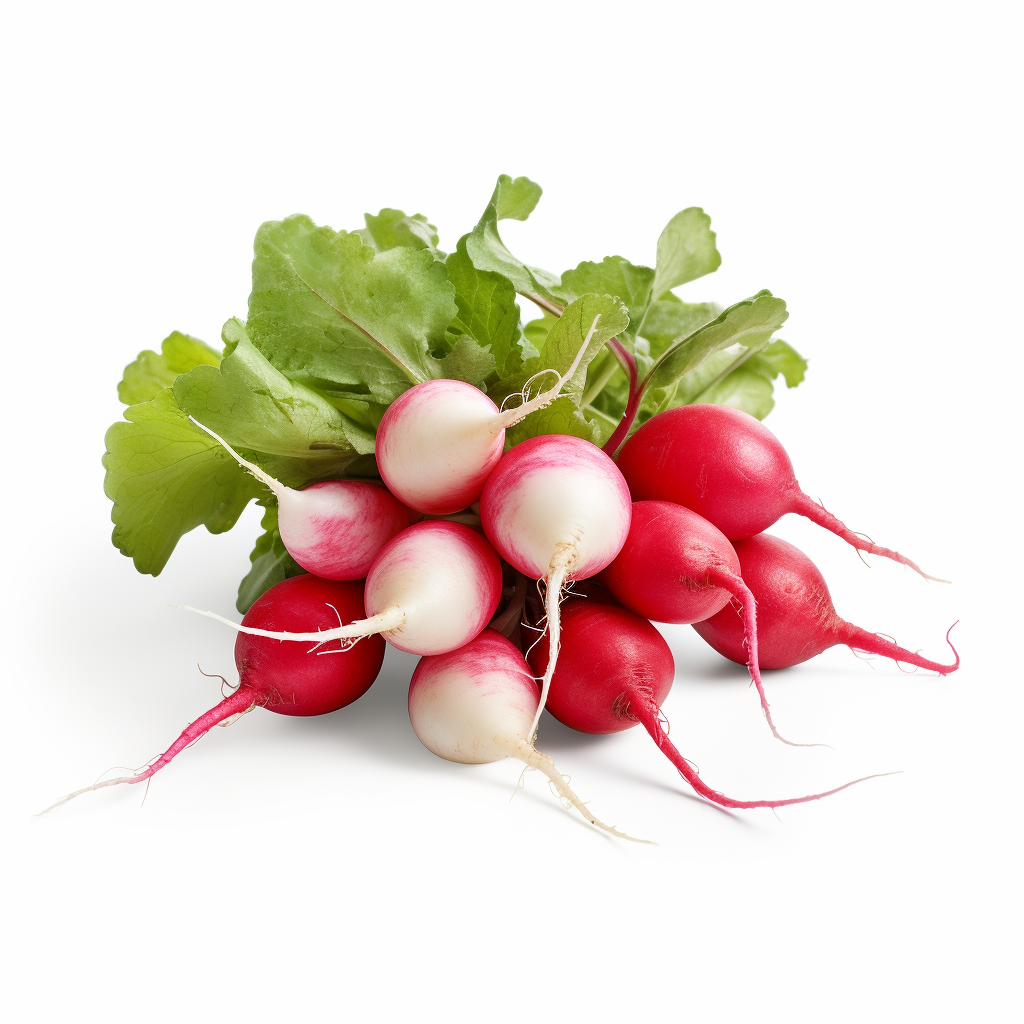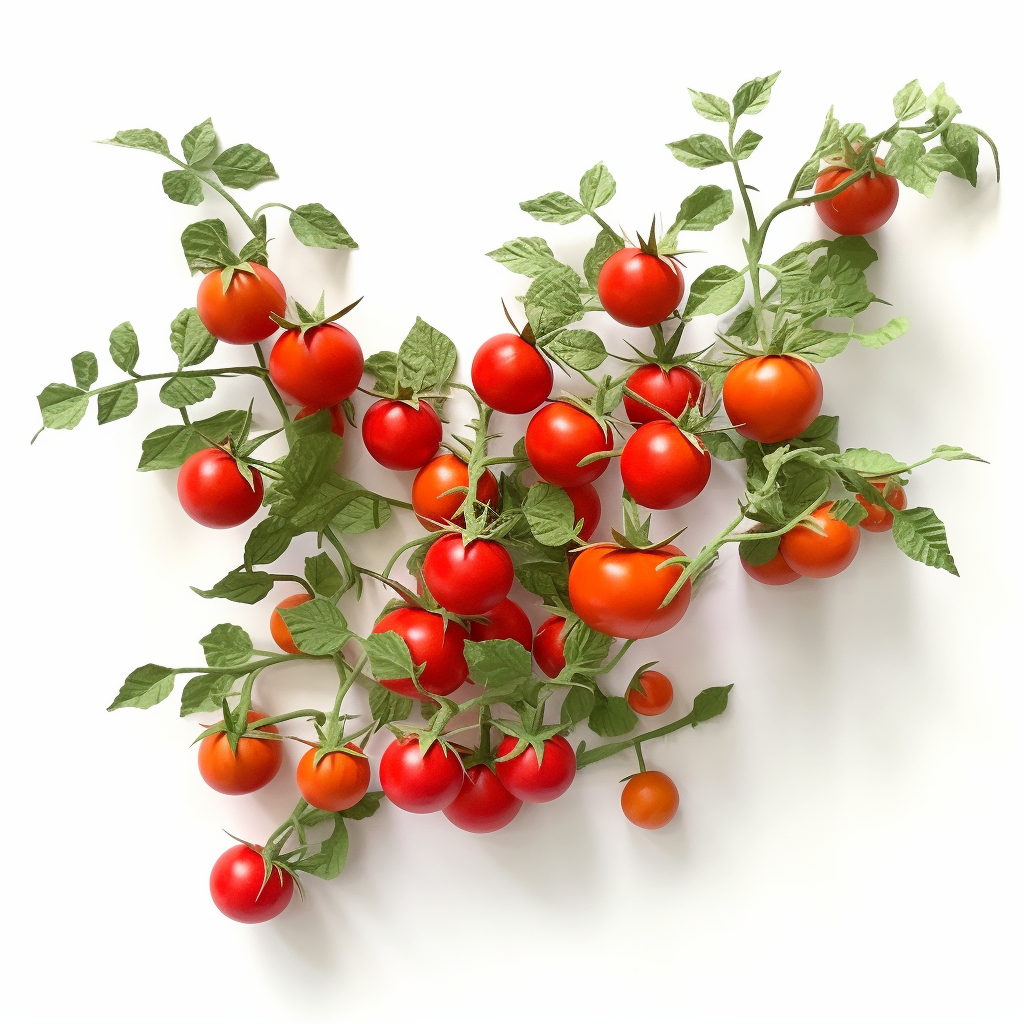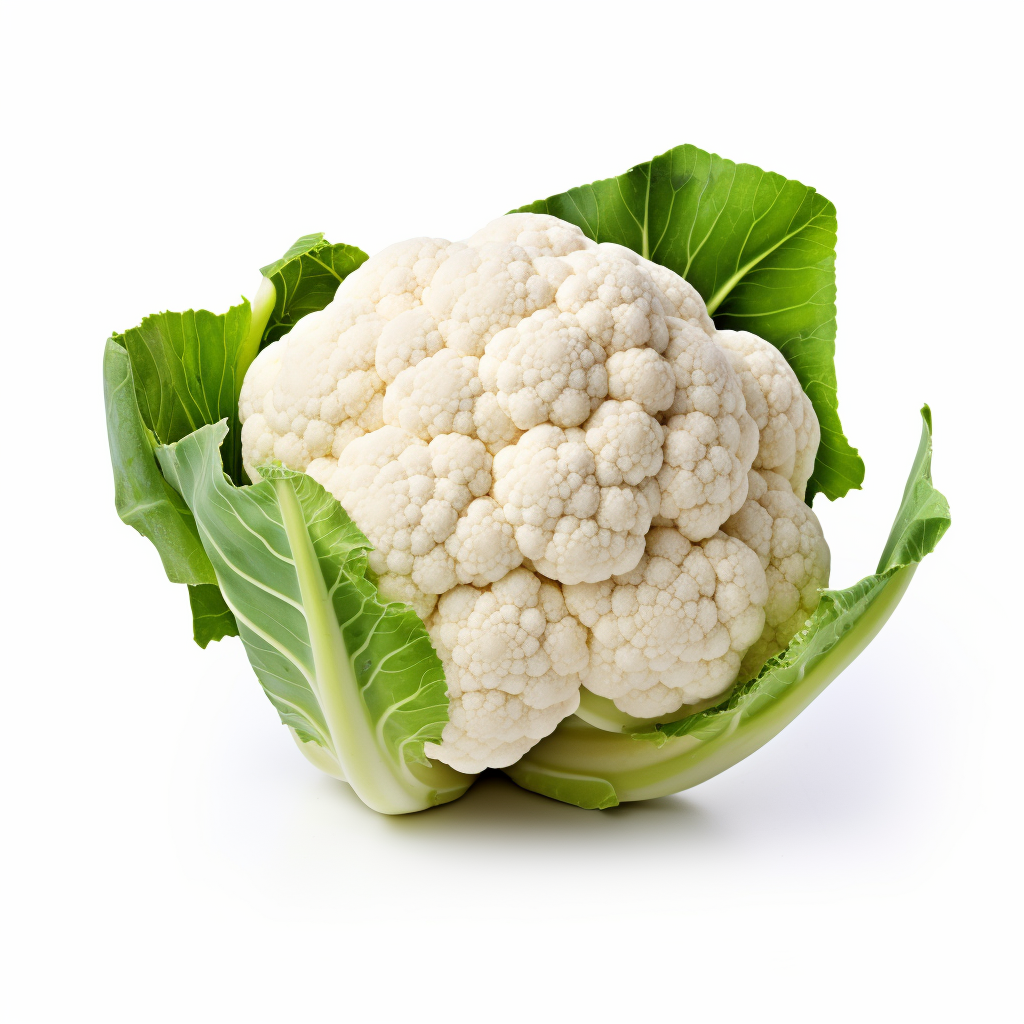What to Plant in Spring?
Spring heralds a time of new beginnings and growth, making it the perfect season to start your gardening journey. And this is the time when many of us ask “What to grow in Spring”? Well, this guide has got you covered.
Whether you’re a seasoned green thumb or a budding gardener, preparing for spring planting requires careful planning and execution. This guide will walk you through a timeline and essential steps to ensure your garden thrives.
Late Winter (4-6 weeks before the last frost):
Planning and Research:
Assess Your Garden Space: Consider the size, sunlight exposure, and soil condition.
Choose Your Plants: Decide on the types of vegetables, fruits, flowers, or herbs you want to grow. Research their specific needs and compatibility.
Buy Seeds and Supplies: Purchase seeds, fertilizers, gardening tools, and other necessary supplies.
Preparation:
Test and Amend Soil: Conduct a soil test to check for pH levels and nutrient deficiencies. Amend your soil accordingly with compost or fertilizers.
Start Seeds Indoors: For plants with a longer growing season, begin sowing seeds indoors.
Early Spring (2-3 weeks before the last frost):
Garden Layout:
Design Your Garden Beds: Plan the layout of your garden, considering factors like plant spacing, sun exposure, and companion planting.
Prepare Garden Beds: Clear out any leftover debris, weeds, or old plants. Loosen the soil and add compost or organic matter.
Hardening Off Seedlings: Gradually acclimate indoor seedlings to outdoor conditions by placing them outside for a few hours each day.
Spring (after the last frost):
Planting:
Transplant Seedlings: Carefully transplant indoor seedlings into your garden beds.
Direct Sowing: Plant seeds that can be sown directly into the ground.

Maintenance:
Regular Watering: Ensure consistent watering, especially for new plantings.
Mulching: Apply mulch to conserve moisture and suppress weeds.
Monitoring for Pests: Keep an eye out for pests and diseases. Use organic pest control methods as needed.
Late Spring:
Growth and Care:
Thinning Seedlings: Thin seedlings to the recommended spacing to prevent overcrowding.
Fertilizing: Apply fertilizer as per the needs of your plants. Check out this article on organic fertilizers for a little more information.
Staking and Support: Provide support for taller plants or those that bear heavy fruits.
Enjoying Your Garden:
Observing Growth: Take time to observe and enjoy the growth and progress in your garden.
Harvesting Early Bloomers: Start harvesting any early bloomers like lettuce or peas.
Quick-Growing Vegetables:
Radishes: Ready to harvest in as little as three weeks, radishes are one of the fastest-growing vegetables. They are crisp, spicy, and great for salads.

Lettuce: Leaf lettuces can be harvested as early as 30 days after planting. They are easy to grow and can be cut multiple times as they continue to grow back.
Spinach: This nutrient-rich leafy green can be ready to pick in around 40-45 days. It grows best in cool weather and can be used in salads, smoothies, and cooking.
Arugula: This peppery green can be harvested as early as four weeks after planting. It’s great for salads and adds a unique flavor to dishes.
Green Onions (Scallions): Green onions can be harvested about a month after planting. They are versatile in cooking, adding a mild onion flavor to dishes.
Peas: Some varieties of peas can be harvested in as little as 60 days. They prefer cooler weather and can be eaten fresh, steamed, or added to a variety of dishes.
Baby Carrots: These can be harvested about 50-60 days after planting. Baby carrots are sweeter and tenderer than their full-sized counterparts.

Bok Choy: This Asian green can be ready to harvest in about 30-45 days. It’s excellent in stir-fries and salads.
Each of these plants has its specific needs in terms of sunlight, water, and soil conditions, so it’s important to research and understand the requirements of each for successful growth. Remember to check the specific variety you are planting, as growth times can vary in your area.
Slower Growing Vegetables:
Some vegetables planted in spring require a longer growing period before they are ready to harvest. These vegetables often need the entire growing season to mature, and they are typically harvested in late summer or fall. Here are a few examples:
Tomatoes: While not the slowest, tomatoes do take a while to grow and ripen, especially larger varieties. From planting, it usually takes between 60 to 100 days for tomatoes to reach maturity, depending on the variety.

Peppers (Bell Peppers, Chili Peppers): Like tomatoes, peppers need a longer growing period. Most varieties take between 60 to 90 days to harvest, with some types taking even longer to fully mature.
Eggplants: Eggplants usually take about 100 to 120 days to reach maturity. They require warm temperatures and plenty of sunshine.
Pumpkins: Pumpkins are a classic long-growing vegetable, often taking between 90 to 120 days to mature. They are typically planted in late spring for a fall harvest.
Winter Squash: Varieties like butternut, acorn, and spaghetti squash are planted in spring but need the entire summer to grow, often taking 80 to 100 days or more to mature.
Sweet Potatoes: Sweet potatoes take about 90 to 170 days to harvest. They need warm soil and a long, frost-free growing season.
Melons (Watermelons, Cantaloupes): Melons generally need a long, warm growing season. They can take anywhere from 80 to 100 days to mature, depending on the variety.
Brussels Sprouts: These can take a long time to mature, often around 80 to 130 days. They are typically planted in spring for a fall harvest.
Cauliflower: Cauliflower requires a longer growing season than other brassicas, often taking around 60 to 80 days to mature, depending on the variety.

Artichokes: These perennials can take about 85 to 100 days to mature after planting. They prefer mild winters and cool summers.
Each of these vegetables has specific requirements for sunlight, water, soil, and care. It’s important to research the specific needs of the variety you choose to ensure a successful harvest.
Remember, patience is key when growing these longer-maturing vegetables, but the reward of fresh, home-grown produce is well worth the wait!
Spring planting is a rewarding journey that sets the stage for a season of growth and bounty. By following this timeline and taking proactive steps at each stage, you can create a vibrant and thriving garden. Remember, gardening is a learning process, and each season brings new experiences and insights.
Happy Gardening!
